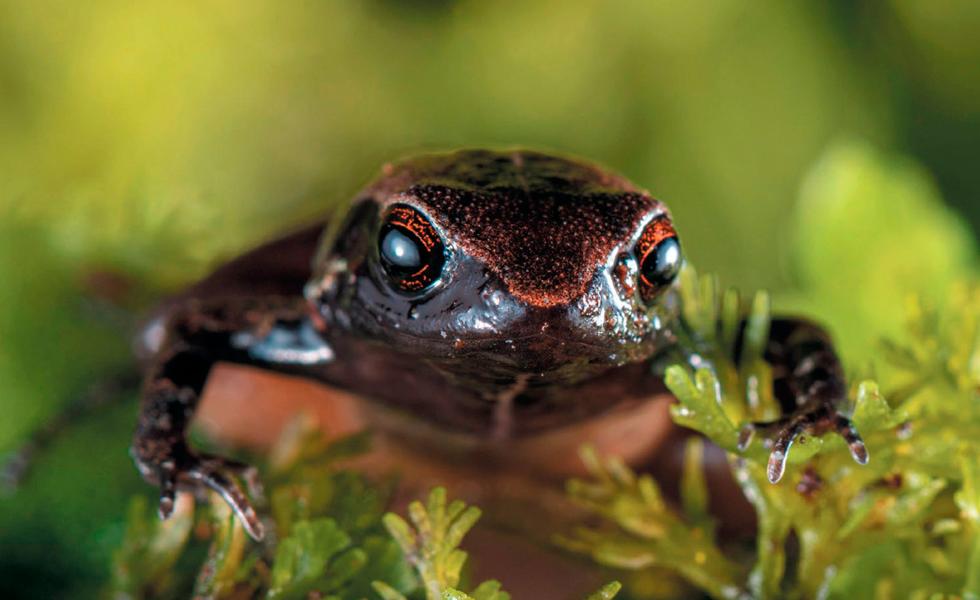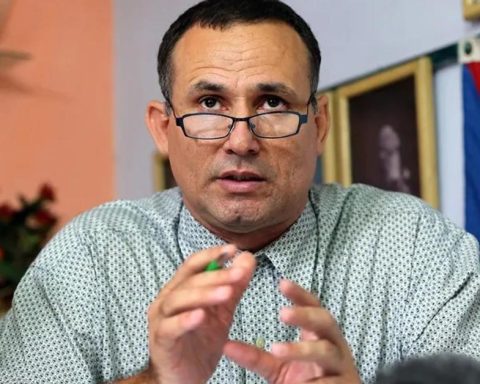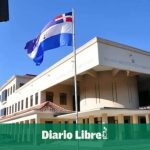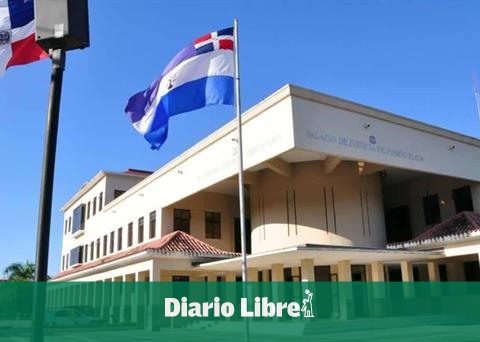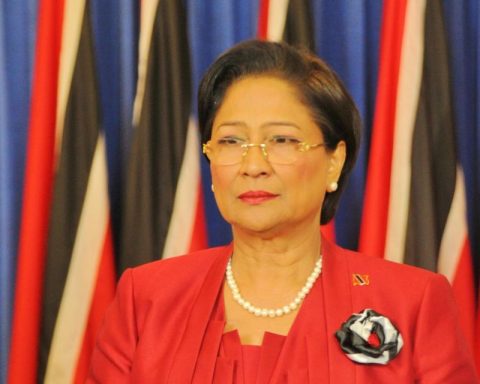Researchers discovered a new species of tiny frog in the Ecuadorian mountain range.
Researchers from several countries have discovered a new species of tiny frog in the Ecuadorian mountain range, an amphibian considered among the smallest vertebrates in the world, as described in a scientific publication.
Named Mindo Noble Frog (Noblella Mindo) was found on the northwestern slopes of the Andes, and described by researchers from the San Francisco de Quito University (USFQ), the National Biodiversity Institute (INABIO), the German Alexander Koenig Research Museum, the Southern Cross University (Australia) and New Brunswick (Canada).
NEWS | The Mindo Noble Frog (Noblella mindo) is the name of the new species of frog discovered in Mindo, the northwestern slopes of the Andes of Ecuador. Read more ▶ ️ https://t.co/8lOKSW3BNy pic.twitter.com/s0fxYx5k1E
– Ministry of Environment, Water and Ecological Transition (@Ambiente_Ec) December 28, 2021
Miniature frog
The Noble frogs they are a group of amphibians miniature, among which are some of the smallest vertebrates in the world, details a statement from INABIO released this week.
Adults of the discovered species reach a maximum size of 19 millimeters, smaller than a penny.
These types of frogs belong to the genus Noblella and currently contains 16 species, distributed in the montane forests of the Andes of Ecuador, Peru and Bolivia, and the tropical ones of the Amazon from these three countries to the southeast of Colombia and the west of Brazil.
Describing a new species becomes a beautiful experience when shared with colleagues who include your students. @MelissaCostales was my student in @USFQ_Ecuador and in 2015 he showed me some frogs that he found … it was a new species that we just described! pic.twitter.com/w5bhZlycbu
– Diego F. Cisneros-Heredia (@CisnerosHeredia) December 27, 2021
Scientists Carolina Reyes-Puig (associated with INABIO), Juan M. Guayasamin, Claudia Koch, David Brito-Zapata, Matthijs Hollanders, Melissa Costales and Diego F. Cisneros-Heredia (associated with INABIO), point out in their research that the new species differs from other types of Noble frogs for having a brown back with dark spots. The amphibian also has brown throat and chest, yellow belly, and rounded finger discs.
This research also indicates a new location for Worley’s Noble Frog (Noblella worleyae), a species of amphibian that was described in 2020, and that is the Los Cedros Reserve.
The study was published in the latest volume of the international scientific journal Acta Herpetológica.
On the other hand, INABIO reported this week the discovery, after 66 years, in Ecuadorian territory of a glass frog classified in the category of endangered species.
This discovery was made by a team from the Amazon Regional University (Ikiam), the USFQ and INABIO that identified two specimens of the “Laura’s Glass Frog” (Nymphargus laurae), collected in the Colonso-Chalupas Biological Reserve, in the Amazon province of Napo.
The increasing descriptions of new species within the territory of Ecuador have a practical application in the conservation of biodiversity, underlines INABIO.
“By highlighting the presence of new vertebrates with restricted distribution in the Andes, the visibility of this unique biodiversity is indisputable,” says the institution. (EFE)
